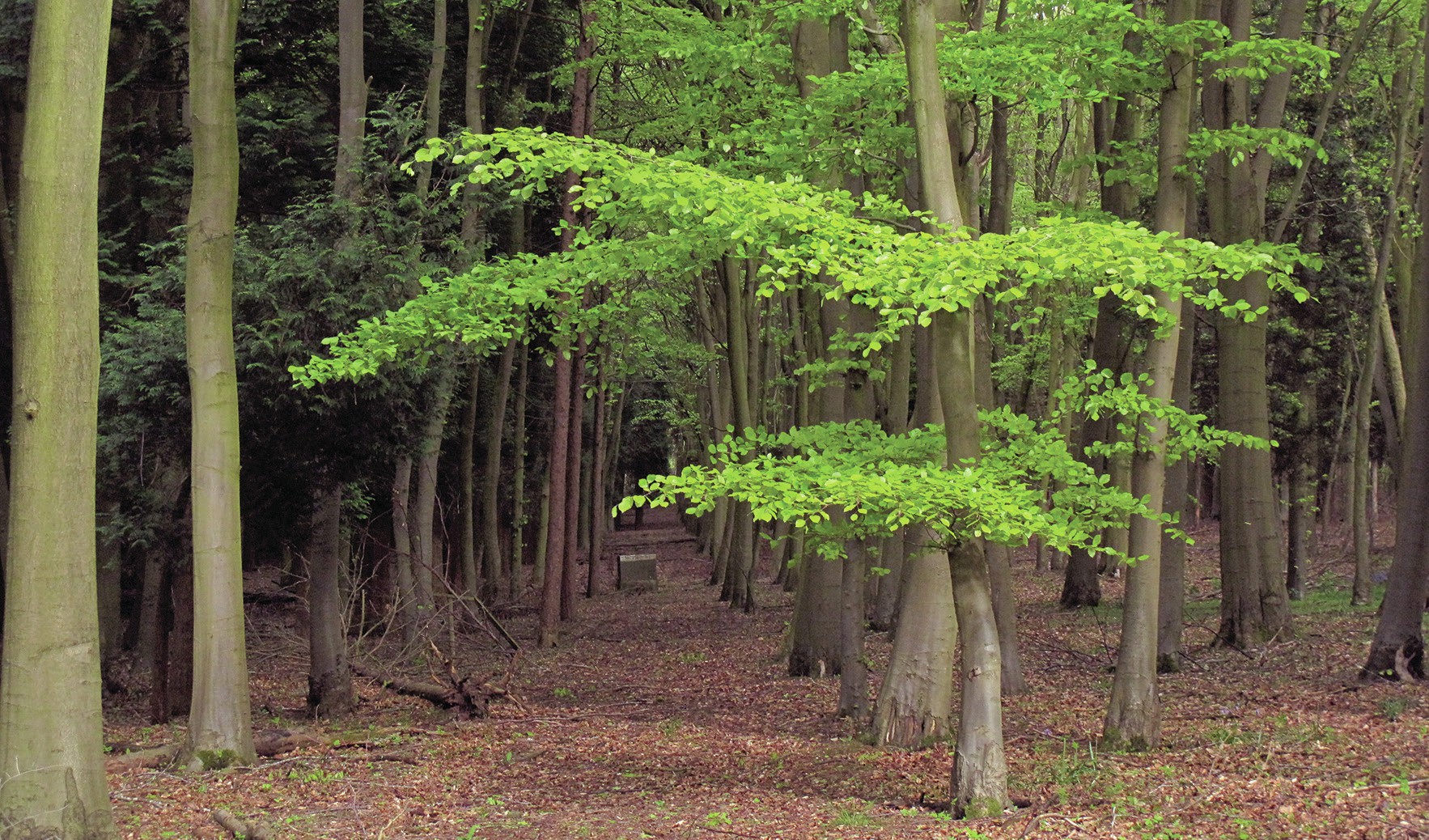
The Earth has experienced dramatic changes during its 4.6-billion-year history. Geologists record these changes and classify them. Stratigraphy is key to this. It’s the study of alterations in the composition of rock layers over time. Stratigraphy tells us that the drama of Earth-surface change has happened very slowly in human terms. Key events like the evolution of complex life forms have occurred progressively as a result of processes and occurrences on the Earth (‘intrinsic’ forces) and some from outside the Earth (such as asteroid impacts, an ‘extrinsic’ force).
Homo sapiens have evolved in what is called the Quaternary Period (roughly 2.6 million years ago up to the present). They have multiplied in number and, with some exceptions, achieved high living standards during what’s called the Holocene. This is the most recent phase of the Quaternary. It began when the last glacial period ended 11,700 years ago.
Your organisation does not have access to this article.
Sign up today to give your students the edge they need to achieve their best grades with subject expertise
Subscribe




